The art of tiling in Iran has a long history and is known as one of the most original arts of this land. This art dates back to more than 5000 years ago and has gone through many ups and downs throughout history. In this article, we examine the evolution of tiles and the art of tiling in Iran.

Pre-Islam era:
The oldest examples of tile work in Iran belong to the pre-Islamic period. In this era, simple and unglazed tiles were used to decorate buildings. Among the outstanding examples of tile work in this era, we can mention the glazed tiles of Chaghazanbil and Apadana Palace in Susa.
Islamic era:
With the arrival of Islam in Iran, the art of tiling also experienced significant changes. During this period, glazed tiles were used to decorate mosques, schools, palaces and other buildings. Among the most important periods of tile work in the Islamic era, we can mention the Seljuk, Ilkhani, Timurid and Safavid periods.
Seljuk period:
In the Seljuk period, the art of tiling reached an unparalleled prosperity. During this period, seven-color and mosaic tiles were used to decorate buildings. Among the outstanding examples of tile work in this era, we can mention Isfahan Grand Mosque, Damascus Grand Mosque and Soltanieh Dome.
Patriarchal period:
During the Ilkhanate period, the art of tiling was influenced by Chinese art. During this period, blue and azure tiles were used to decorate buildings. Among the outstanding examples of tile work in this era, we can mention Sheikh Lotfollah mosque in Isfahan and Maragheh observatory.
Timurid period:
In the Timurid period, the art of tiling became more refined and precise. During this period, clay and mosaic tiles were used to decorate buildings. Among the outstanding examples of tile work in this era, we can mention the Goharshad Mosque in Mashhad, the Atiq Mosque in Isfahan, and the tomb of Timur in Samarkand.
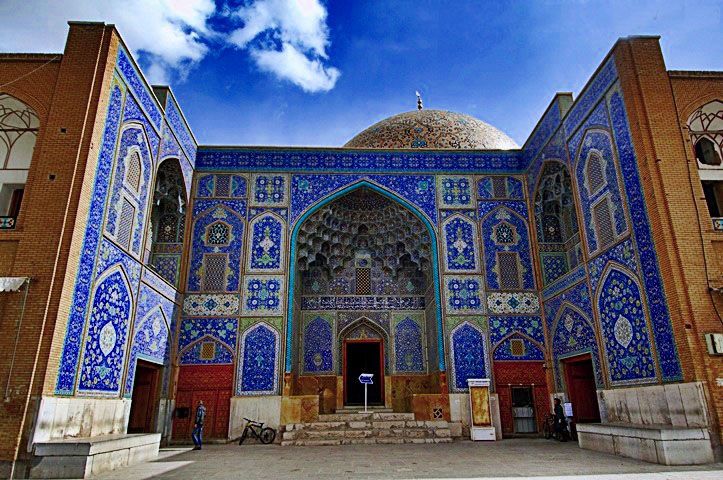
Safavid period:
In the Safavid period, the art of tiling reached its peak. During this period, different types of tiles, including seven-color, mosaic, enamel, and golden tiles, were used to decorate buildings. Among the outstanding examples of tile work in this period, we can mention Sheikh Lotfollah Mosque of Isfahan, Imam Mosque of Isfahan and Shahcheragh Mosque of Shiraz.
Qajar era:
During the Qajar period, the art of tiling began to decline. In this era, mostly simple and unglazed tiles were used to decorate buildings.
Contemporary era:
In contemporary era, the art of tiling has flourished again. In this era, different types of tiles, including traditional and modern tiles, are used to decorate buildings.
Featured artists:
Throughout history, many artists have worked in the field of tile work and art of tile work in Iran. Among the prominent artists in this field, we can mention Abolhassan Ghafari, Reza Zoqi, Mohammad Kashani and Hossein Qoli Khan.

The role of tiles and the art of tiling in Iranian architecture:
Tile work plays a very important role in Iranian architecture and is considered as one of the main elements of the beauty and splendor of buildings. In addition to beauty, tiles have other uses. Among these applications, the following can be mentioned:
Heat and cold insulation
moisture insulation
Protecting the building from sunlight
Creating variety and beauty in the facade and interior of the building

Types of tiles in Iran:
Throughout the history of Iran, different types of tiles have been used in architecture and decorating objects. Among the most important of these types, the following can be mentioned:
Glazed tile: It is the most common type of tile in Iran, which is decorated with different glazes such as alkaline glaze, lead glaze, and tin glaze.
Mosaic tile:
It is a type of tile that is made of small pieces of tiles in different colors to create tiles and the art of tiling plays a very important role in Iranian architecture. This art not only adds to the beauty of buildings, but also gives them Iranian identity and authenticity.
Tiles can also act as thermal and cold insulation and help maintain the optimal temperature inside buildings.
Tiles and the art of tiling now:
Today, the art of tiling is still alive and dynamic in Iran. Using their creativity and innovation, Iranian artists create original works that are welcomed all over the world.
The art of tiling, the shining jewel in the crown of Iranian architecture, has long given a unique effect to the buildings of this ancient land. A journey through the passage of history will tell the amazing developments and flourishing of this original art in different periods.
The beginning of flourishing in the Islam era:
With the begining of Islam era in Iran, the art of tiling also took on a new color. Mosques, schools, palaces and other magnificent buildings became a suitable platform for the manifestation of this magnificent art. The use of glazed tiles in the Seljuk period was a turning point in this direction. Isfahan Grand Mosque, Damascus Grand Mosque and Soltanieh Dome are masterpieces of this prosperous era.
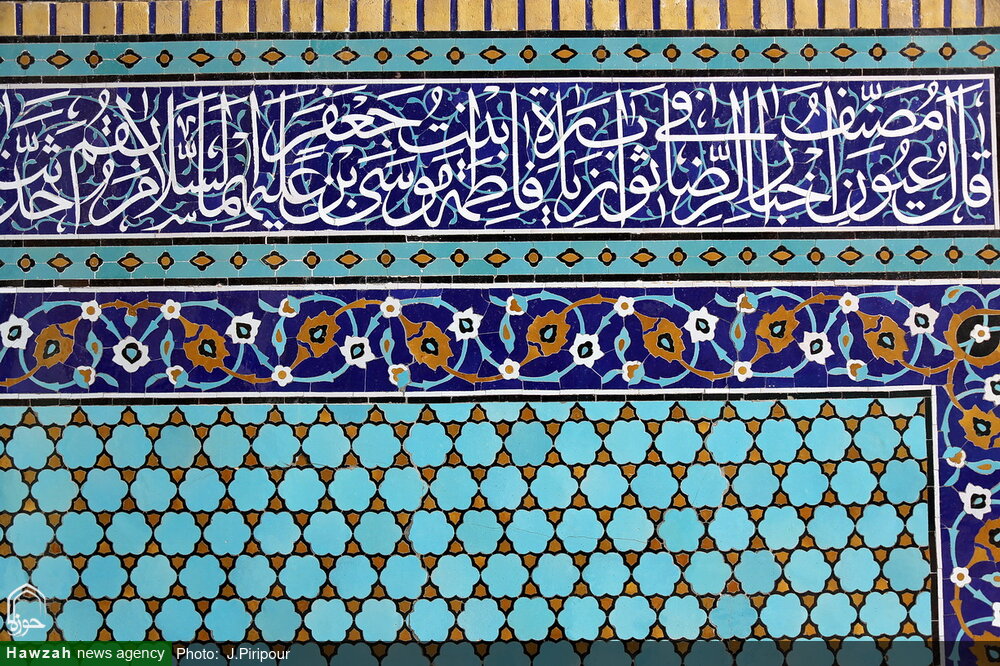
The peak of elegance and mastery in the Ilkhanid and Timurid periods:
Under the influence of Chinese art, the art of tiling in the Ilkhanid period gained unparalleled elegance and splendor. Blue and lapis lazuli tiles turned mosques and observatories like Isfahan’s Sheikh Lotfollah Mosque and Maragheh Observatory into shining gems. The Timurid period also witnessed unparalleled elegance and precision in the art of tiling. The Goharshad Mosque in Mashhad, the Atiq Mosque in Isfahan and the tomb of Timur in Samarkand are proof of this claim.
The Safavids, the goldsmiths of glory:
The Safavid period was the peak of the flourishing of tile art in Iran. During this period, different types of tiles, including Haftrang, Muraq, Minai and Zarinfam, were used to decorate buildings. Sheikh Lotfollah Mosque, Imam Mosque and Shahcheragh Mosque, the three shining jewels of Isfahan, are clear examples of this luxurious art in the Safavid era.
The role of artists in creating unique masterpieces:
The names of prominent artists such as Abolhasan Ghafari, Reza Zoghi, Mohammad Kashani and Hossein Qoli Khan always shine in the history of Iranian tile art. The creativity and innovation of these artists played an irreplaceable role in the creation of unique masterpieces that have aroused the astonishment of the world to this day.
Tiles and identity of Iranian architecture:
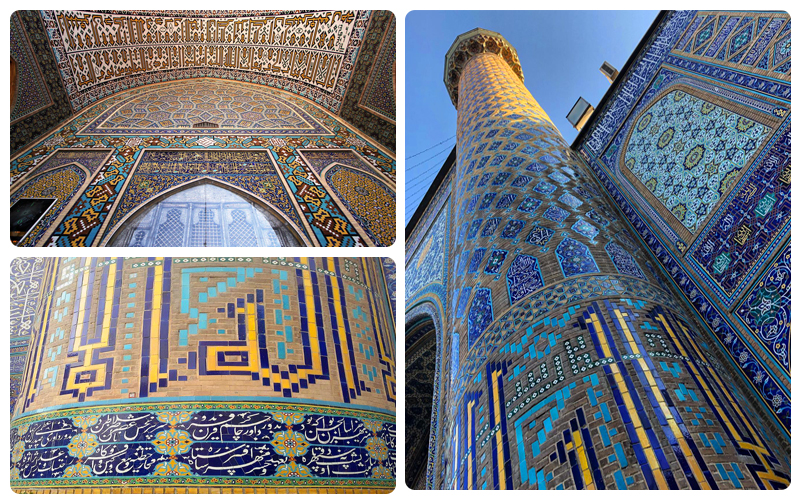
Tiles and the art of tiling are inseparable from the identity of Iranian architecture. This art not only adds to the beauty and splendor of the buildings, but is also a symbol of the rich culture and authenticity of this land. The tiles, with their original designs, tell stories, myths and deep concepts that are rooted deep in the history of Iran. The art of tiling in Iran is flourishing and dynamic even in the contemporary era, and it is one of the original and long-standing arts of Iran, which has gone through many ups and downs throughout history. This art is currently enjoying prosperity and fortune.
Prosperity and dynamism in the contemporary era:
Fortunately, the art of tiling by creative Iranian artists, by combining tradition and modernity, creates original works that are welcomed all over the world.
A look into the future:
Undoubtedly, the art of Iranian tiling has a bright future ahead of it. The creativity and innovation of the artists of this land, along with the attention and support of the authorities and people, will guarantee the preservation and promotion of this original and unique art.
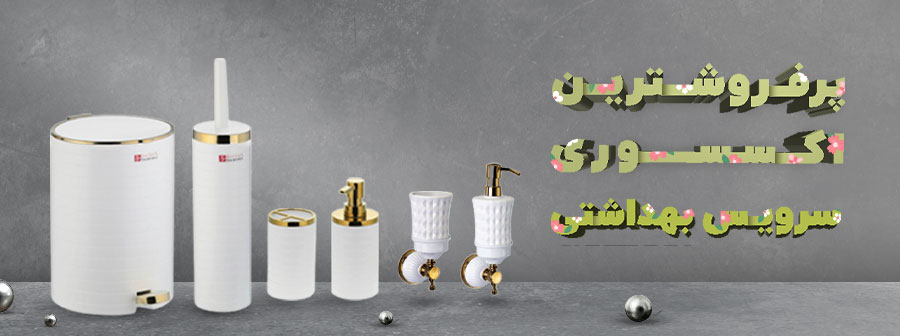
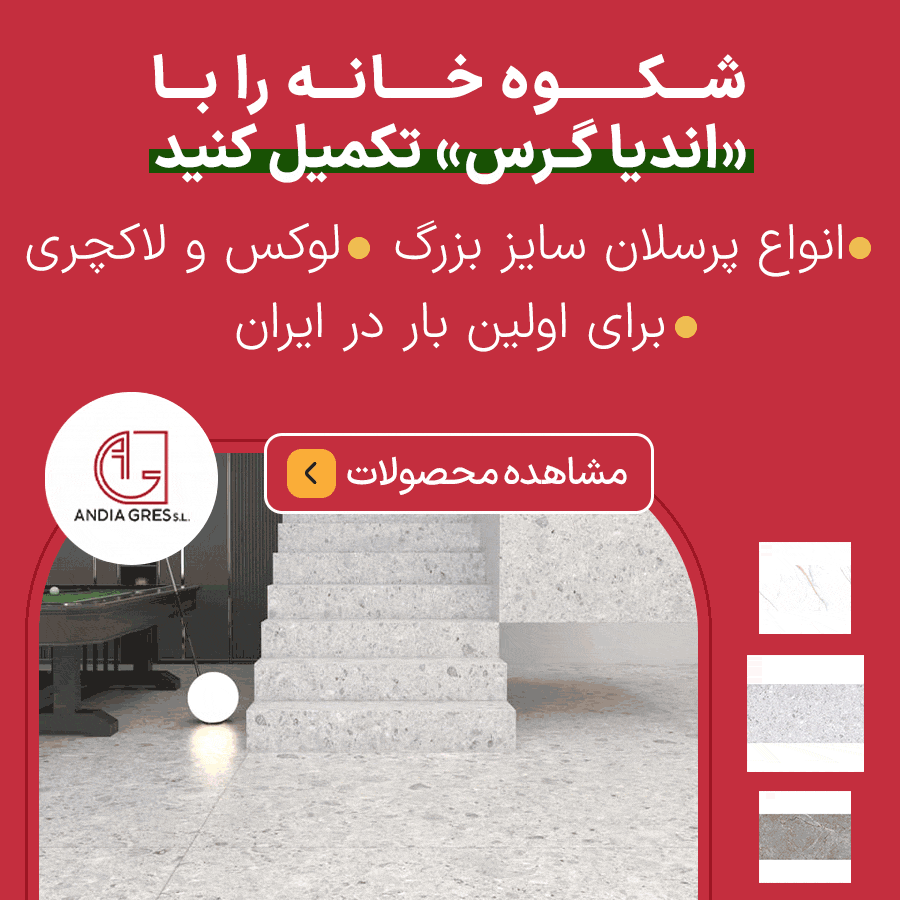

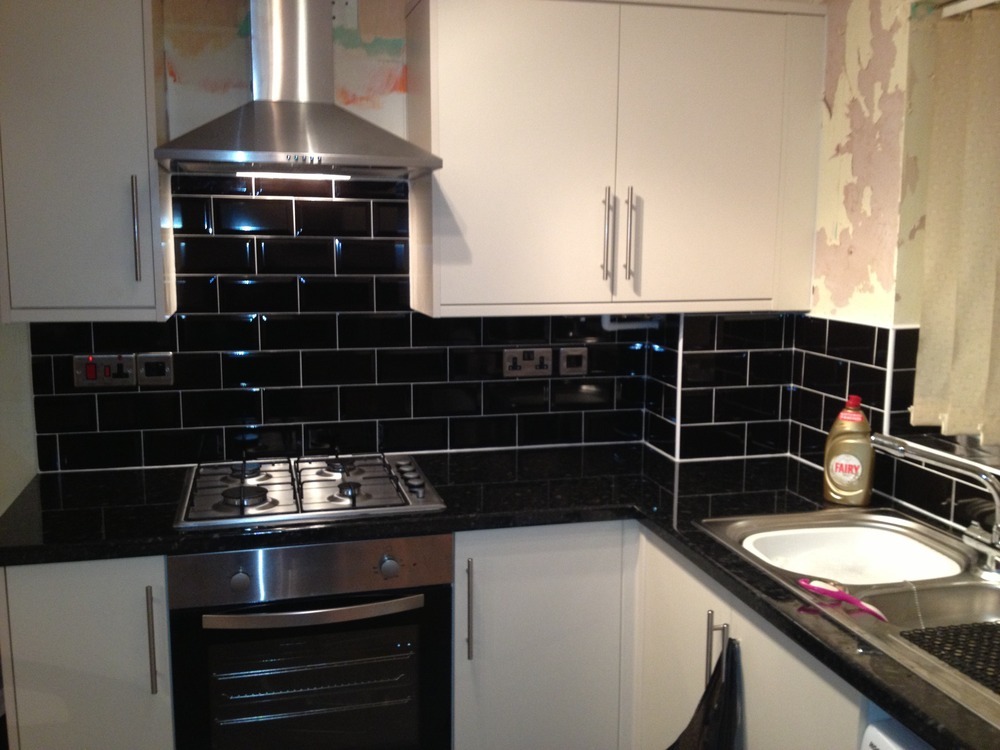

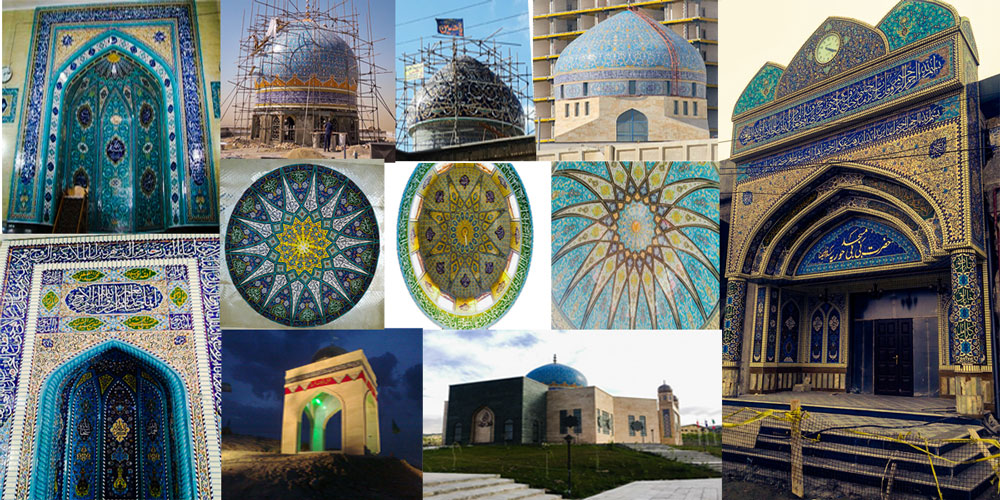
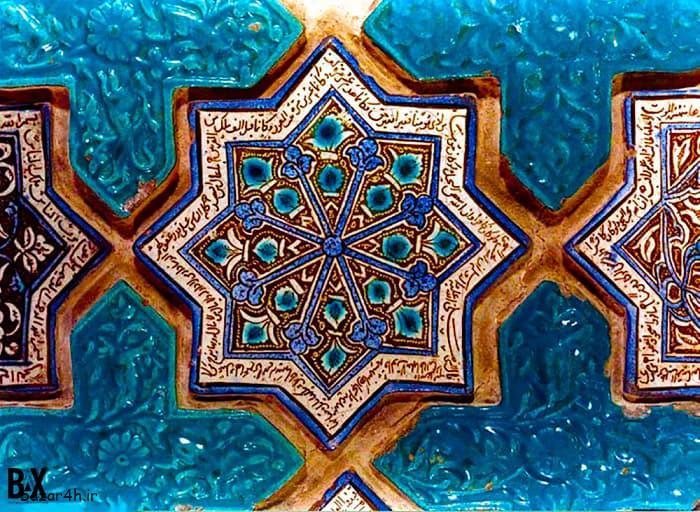
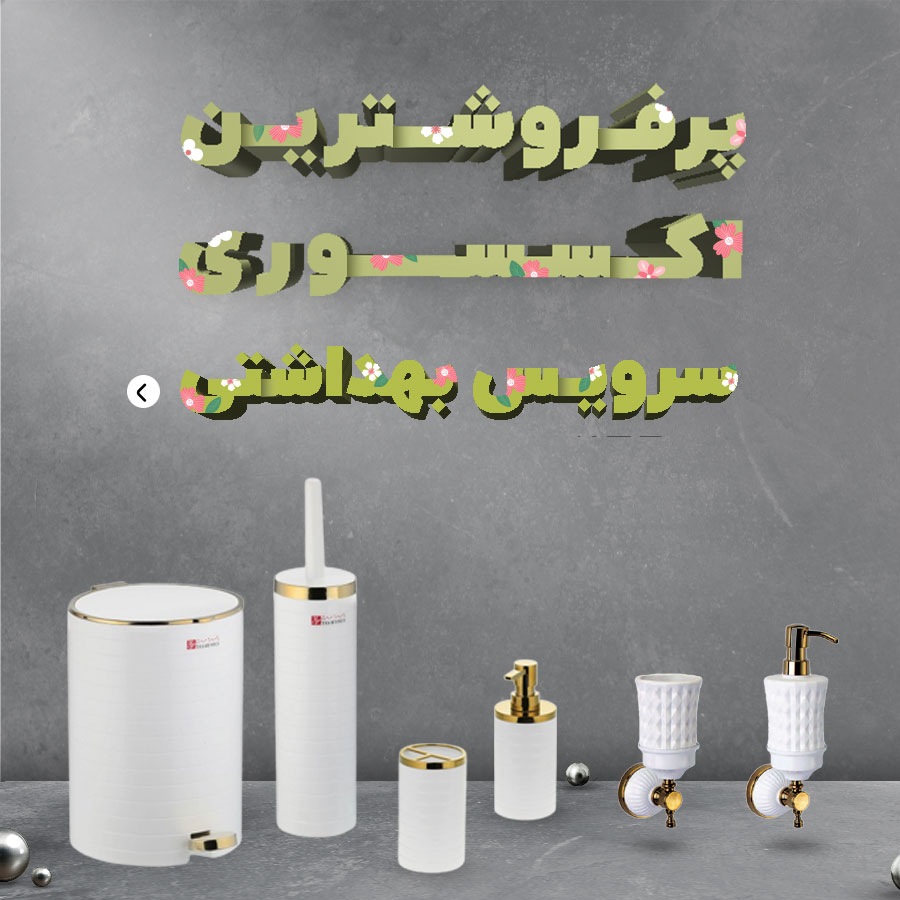

نظرات ۰